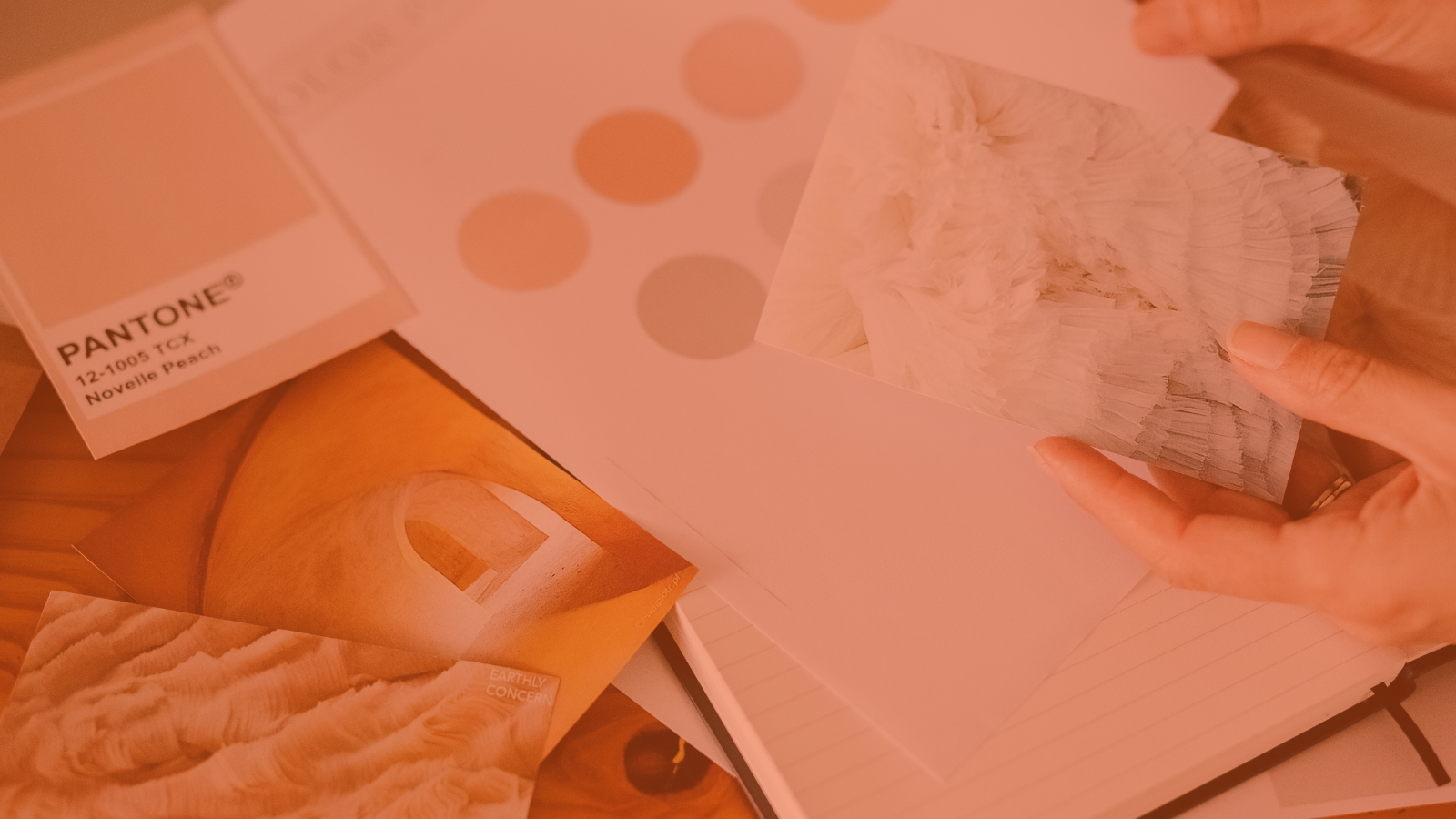Ghoulish Spending & Marketing Boo-sts
Halloween is a time for kids to become their heroes, teens to make their parents want to lock them in their rooms for their costume selections, and adults to throw spooky parties as a way to booze and schmooze all their friends. However, it is also about stimulating the economy.
Whether it is carving a pumpkin, taking the kids trick-or-treating or just handing out candy, more than 170 million Americans are participating in Halloween this year. According to the infographic below, they have spent more money than they ever have in the past, topping out at an estimated $8 billion. What is even scarier is that more than $370 million was spent on costumes for pets! Where does all this money go and what has changed to encourage outrageous spending?
First and foremost, people are turning to social media more than ever to get ideas on costumes, recipes and decorating. Leading the pack is none other than Pinterest. As this newly emerging social platform continues to grow in popularity, people are rushing to Pinterest to organize their holiday ideas. Need a pumpkin carving inspiration? Or spider crafts for the kids? Check Pinterest.
What role does marketing play in all of this? Obviously Halloween would go on without it, but it really does have a large impact on brand selection. For example, it is assumed that consumers will continue to buy candy in the absence of marketing, but what kind of candy would they buy? Brands know how important positioning themselves to come to mind first during a purchase decision is, and some go the full distance to create top-of-mind awareness in their consumers’ minds.
Candy brands are stepping up their marketing efforts in the weeks leading up to Halloween, because they know how marketing can make or break sales in one of the largest months of consumer spending. According to an article from the New York Times, it isn’t just about candy that will be handed out and collected by children, because 36 percent of adults either plan to attend or host a Halloween party this year. Brands have to make incredibly selective decisions such as what messages they are sending and what their target audience is. Should it be adults since they are buying the candy, or children since they are picking it out or both?
The New York Times article linked below highlights some of these marketing efforts, and we will use Hershey as an example. Hershey is introducing 10 new candy variations, including a twist on the Cadbury Crème Egg. The Screme Egg is a chocolate egg with white filling and a green yolk-like center. People tend to purchase “limited edition” items since they are only offered certain times of the year. In addition, Hershey has changed most of the Halloween-themed packaging to traditional Fall packaging. They did this because they know that starting November 1, Halloween candy is heavily discounted by retailers and sales and revenue can drop tremendously. By using Fall packaging, the candy continues to sell at full price.
This infographic, provided by Milo, breaks down Halloween spending.
To read more on similar marketing efforts by the New York Times click here:
https://www.nytimes.com/2012/10/22/business/media/candy-brands-step-up-marketing-for-halloween.html







